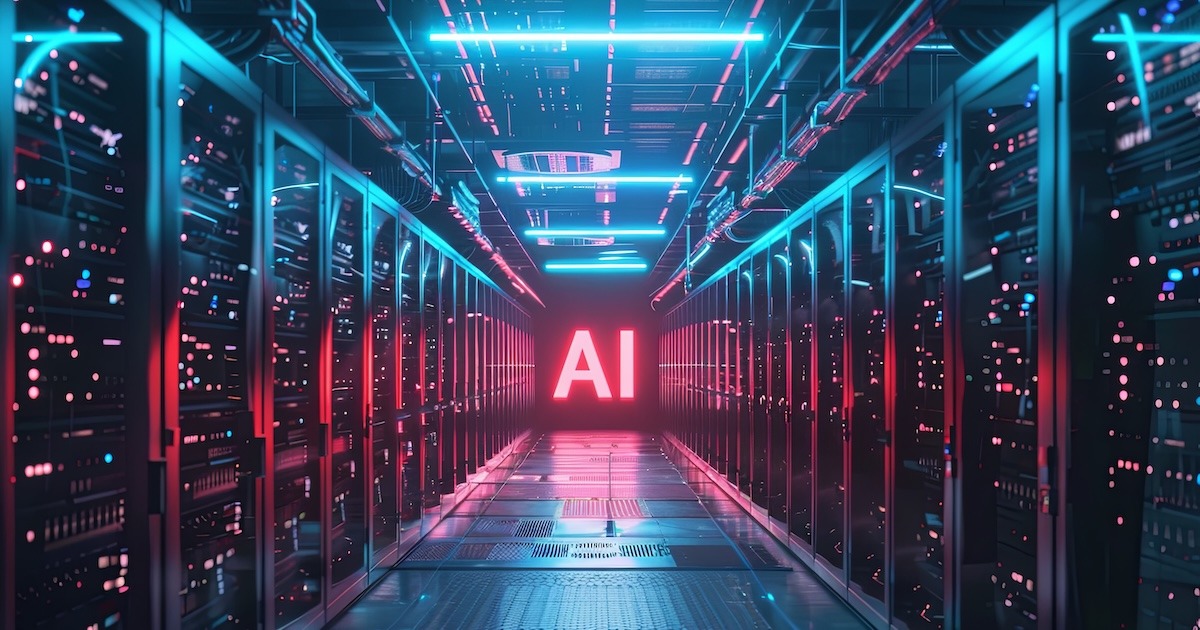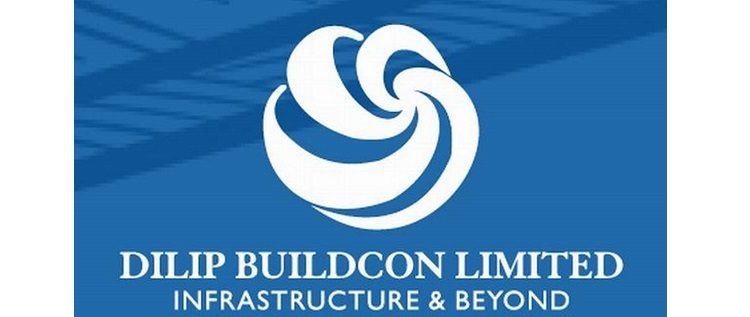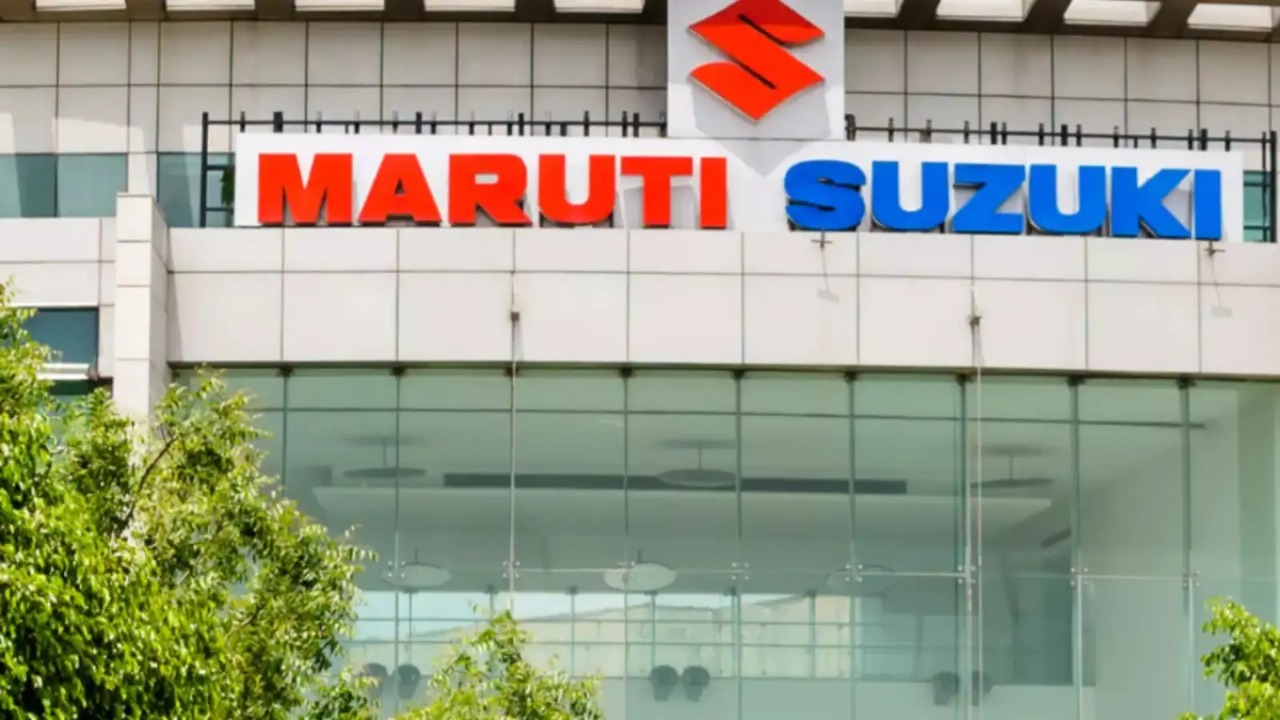
Follow WOWNEWS 24x7 on:

India’s data centre ambitions are being reshaped by the explosive rise of artificial intelligence. While the idea of decentralising infrastructure to tier-2 and tier-3 cities once promised cost savings and regional inclusion, the reality of AI workloads is rewriting the rulebook. In August 2025, industry leaders and infrastructure experts are sounding the alarm: non-metro data centres may be a non-starter in the age of AI, where scale, density, and proximity to hyperscale ecosystems matter more than speed or cost.
Here’s a deep dive into the latest developments and strategic pivots.
1. AI’s Appetite for Scale Is Outpacing Regional Infrastructure
- AI workloads demand massive compute power, high-density racks, and advanced cooling systems
- Rack density is expected to rise from 8–10 kW to over 30 kW per rack, driven by GPU-heavy applications
- Non-metro cities lack the power grid stability, fibre connectivity, and real estate scale to support such infrastructure
- AI data centres are increasingly being built as 100+ MW campuses, with Mumbai and Chennai leading the charge
2. Why Speed Alone Isn’t Enough
- Traditional data centres focused on latency and proximity to users
- AI workloads, however, are batch-processed, model-trained, and compute-intensive, making speed secondary to scale
- Storage disaggregation and NVMe-over-Fabrics are enabling AI centres to scale storage independently of compute, but require robust networking backbones not available in smaller cities
- Hyperconverged infrastructure is being phased out in favour of modular, scalable designs that non-metro regions struggle to support
3. The Economics of AI-Ready Infrastructure
- AI data centres require liquid cooling, rear-door heat exchangers, and high-capacity transformers
- These technologies are expensive and require skilled maintenance, which is more readily available in metro hubs
- Real estate availability and zoning regulations in non-metro cities often delay construction timelines
- Investors are favouring metro clusters with proven uptime, scalability, and access to talent
4. Sovereignty vs Scalability: The Bharat Dilemma
- At the ET Soonicorns Summit 2025, experts debated the need for localised data centres to support culturally relevant AI models
- While storing data locally is vital for privacy and sovereignty, the infrastructure must still meet global standards for AI compute
- Healthcare startups like Aindra highlighted the need for secure, scalable storage for sensitive patient data
- The consensus: build sovereign AI models, but host them in metro-grade facilities until tier-2 cities catch up
5. Policy and Investment Signals
- Deloitte’s August 2025 report estimates India needs 45–50 million square feet of new data centre space to meet AI demand
- Government incentives for data centre parks in non-metro regions exist, but uptake remains low due to infrastructure gaps
- NASSCOM and industry bodies are lobbying for accelerated fibre rollout, power upgrades, and AI-specific zoning in emerging cities
- Until then, hyperscale players are doubling down on Mumbai, Chennai, and Pune
6. What’s Next: AI’s Infrastructure Map
- Expect continued investment in metro clusters with proximity to submarine cables, cloud regions, and fintech hubs
- Tier-2 cities may play a role in edge computing and content delivery, but not in AI model training or inference
- The rise of sovereign AI may eventually push infrastructure decentralisation, but only if scale and density challenges are solved
- For now, the mantra is clear: build big, build dense, and build where the grid can handle the heat
India’s AI revolution is not just about algorithms—it’s about architecture. And in 2025, that architecture demands scale over speed, density over decentralisation, and metros over margins. Non-metro cities may still have a role to play, but for now, the future of AI is being forged in the megawatt corridors of Mumbai and Chennai.
Sources: Economic Times, Deloitte India, Commercial Design India, RT Insights, ET Soonicorns Summit 2025





